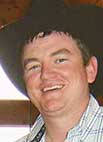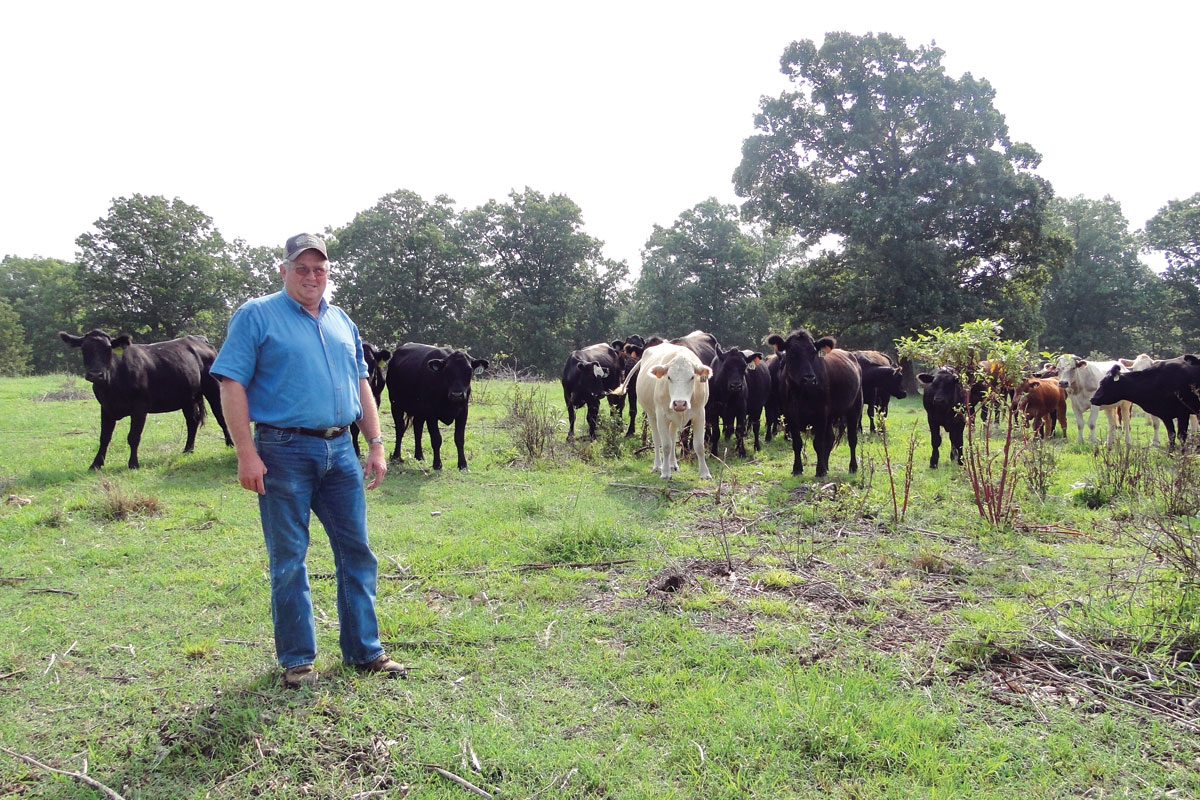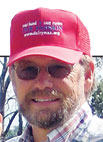 As the echo of thunderous applause faded, Jared Standridge walked away from the 2008 International Finals Rodeo with a championship title in the team-roping Header and Heeler category. Jared is on the road near 200 days a year, making the rodeo circuit. “I have hired hands who take care of things while I’m gone,” he said. “And they help me when I’m home working the place.”
As the echo of thunderous applause faded, Jared Standridge walked away from the 2008 International Finals Rodeo with a championship title in the team-roping Header and Heeler category. Jared is on the road near 200 days a year, making the rodeo circuit. “I have hired hands who take care of things while I’m gone,” he said. “And they help me when I’m home working the place.”
When not performing in those events, he’s at home with his wife Lacey, daughter Sydney and son Sam, on the 607-acre Standridge Ranch near Dennard, Ark. From the moment of starting up the winding road leading to the ranch house on top of the hill, it’s like returning to a part of the Wild West. Longhorn/Corrientes cattle carrying the JS brand graze the hillside pastures, growing fat on winter grass.
EARLY YEARS
Jared was born in Mt. Ida, Ark., and grew up on the 1,000-acre farm his family owned there and where they still live, farm and raise cattle. His love of ranching played a big role in his becoming involved in rodeo, and his love for rodeos played a big role in his ranching operation. He spoke about changes he’s seen in ranching during those years, how prices to buy cattle went up, but profit margins have decreased.
“Growing up, I worked with Grandpa every day,” Jared said. “I learned to rake hay when I was just eight years old. That’s all I ever wanted to do, work on a farm and ranch. Lacey and I met in college, and later we got married. Then I had a chance to buy this place here at Dennard. Larry Boone, with B & B Construction built our house and we moved here in 2004. I still get to do what I’ve always wanted to do, raise cattle and rodeo.”
CULTURE & HISTORY
The beginnings of rodeo can be traced back to early ranch practices and influenced the American cowboys with their clothing, language, traditions and equipment. Duties on ranches today are much the same as they were on early ranches, roping, horse breaking, riding, herding, branding and much more. One difference, now ranchers use modern methods and equipment. Jared decided to hold on to some of the old ways. He has six horses; two Paints and four Quarter Horses, which are working ranch horses and his cattle are worked by horseback most of the time. He has 200 to 350 head of feeder calves, buying in the winter, feeding them out, then selling in the spring on the beef cattle market. Another 150 Longhorn/Corrientes are raised and sold as rodeo roping-stock. He also buys and re-sells roping horses.
“When I was eleven I worked all summer for Dad and saved my money,” he said, “then bought my first horse. I’ve been riding since I was five or six. Mom’s family was involved in rodeo, and I did team-roping with my uncle, starting when I was twelve. I loved the western lifestyle, and grew up watching big-name rodeo performers; that’s how I first got involved.”
At the end of the early cattle drives, “cowboys” often held competitions among themselves to see which group had the best riders, ropers and drovers. From these competitions modern rodeo was eventually born. Many ranch chores evolved directly into the rodeo events of tie-down roping, team roping, bronco riding and other events that expanded on the ideas of those early categories.
Jared is also Vice-President of Steve Standridge Insurance Inc., and has faced the challenge of trying to do everything he wants to do in the time he has. “I’ve got a wife and two kids, family responsibilities, 500 head of calves, a rodeo schedule with 100 to 150 performances a year,” he said. “Trying to keep up with everything gets pretty hectic, but I have a wonderful, supportive family. The guy I team-rope with, Shawn Harris from Searcy, Ark., is a great partner and friend. I am, by far, more blessed than I ever imagined.”







